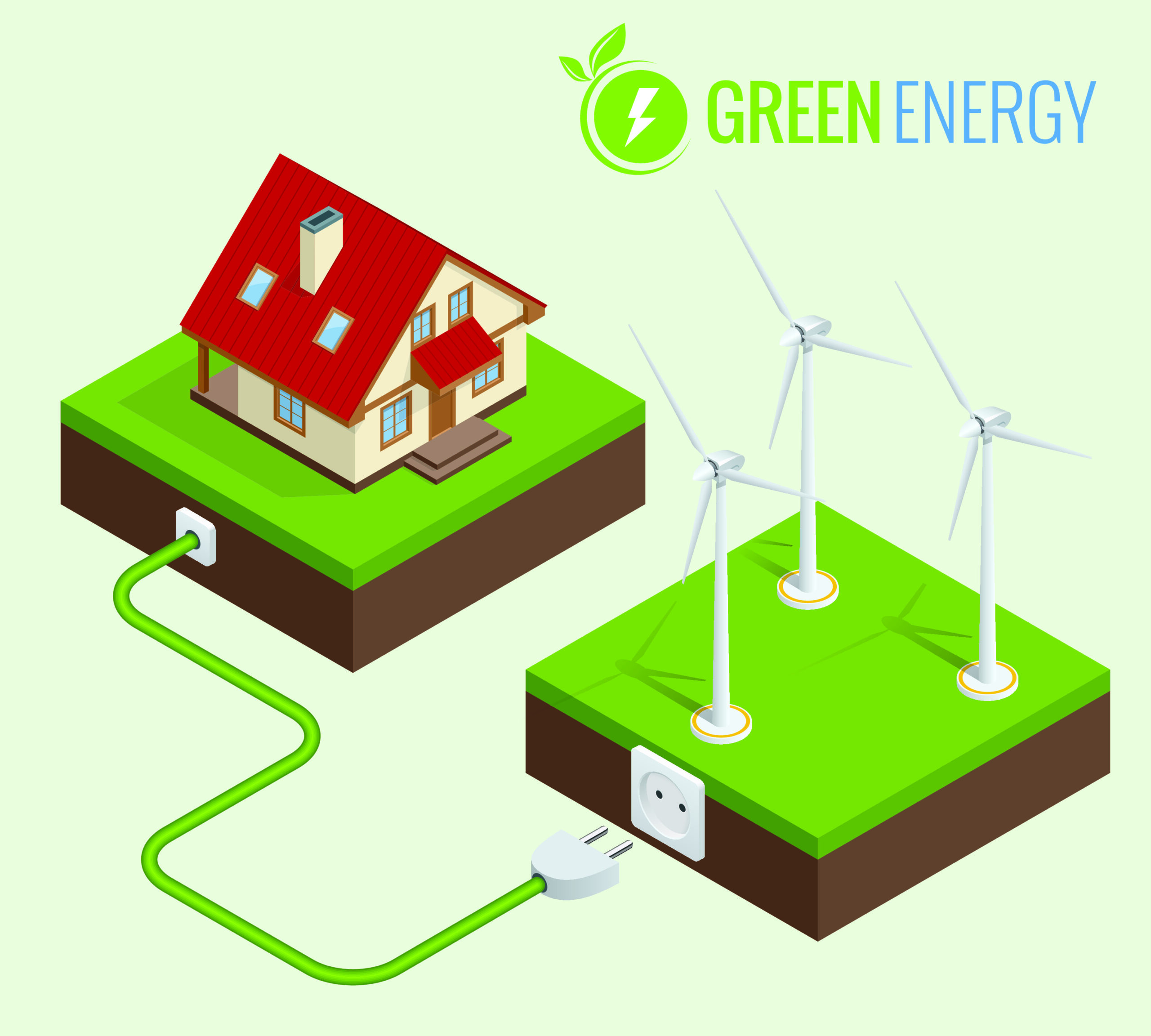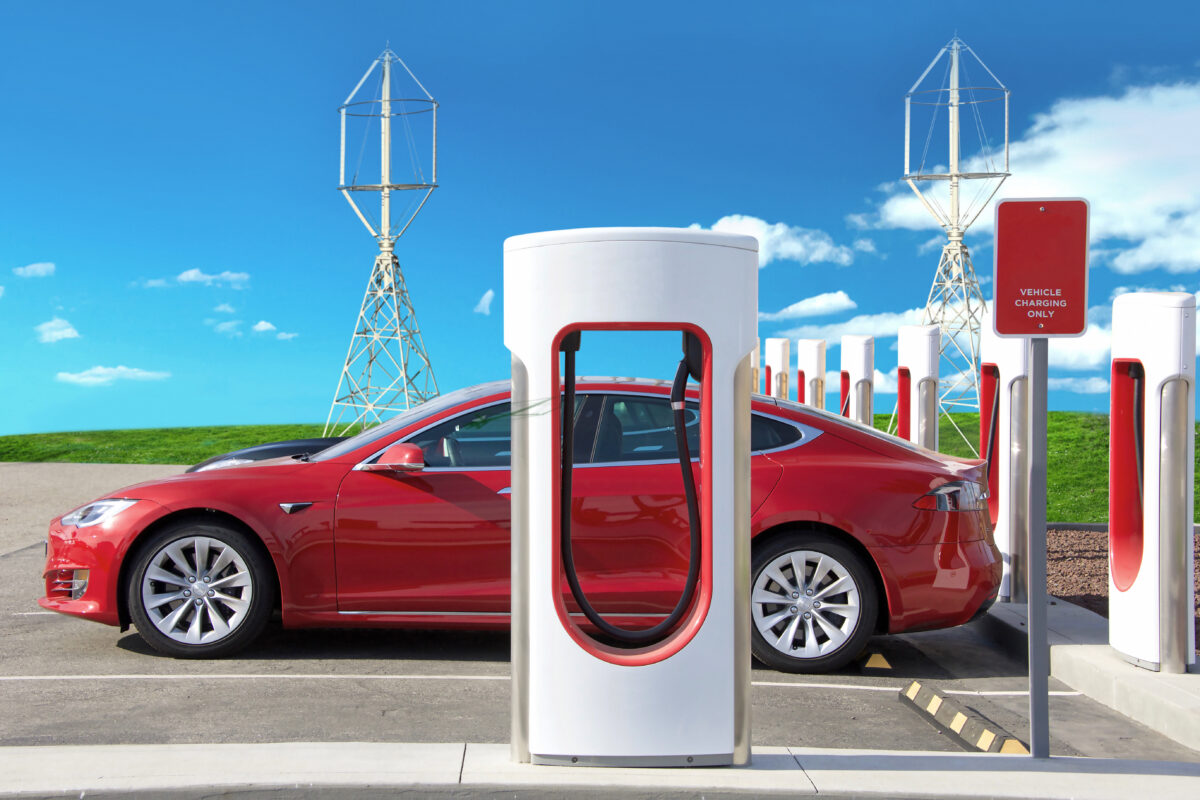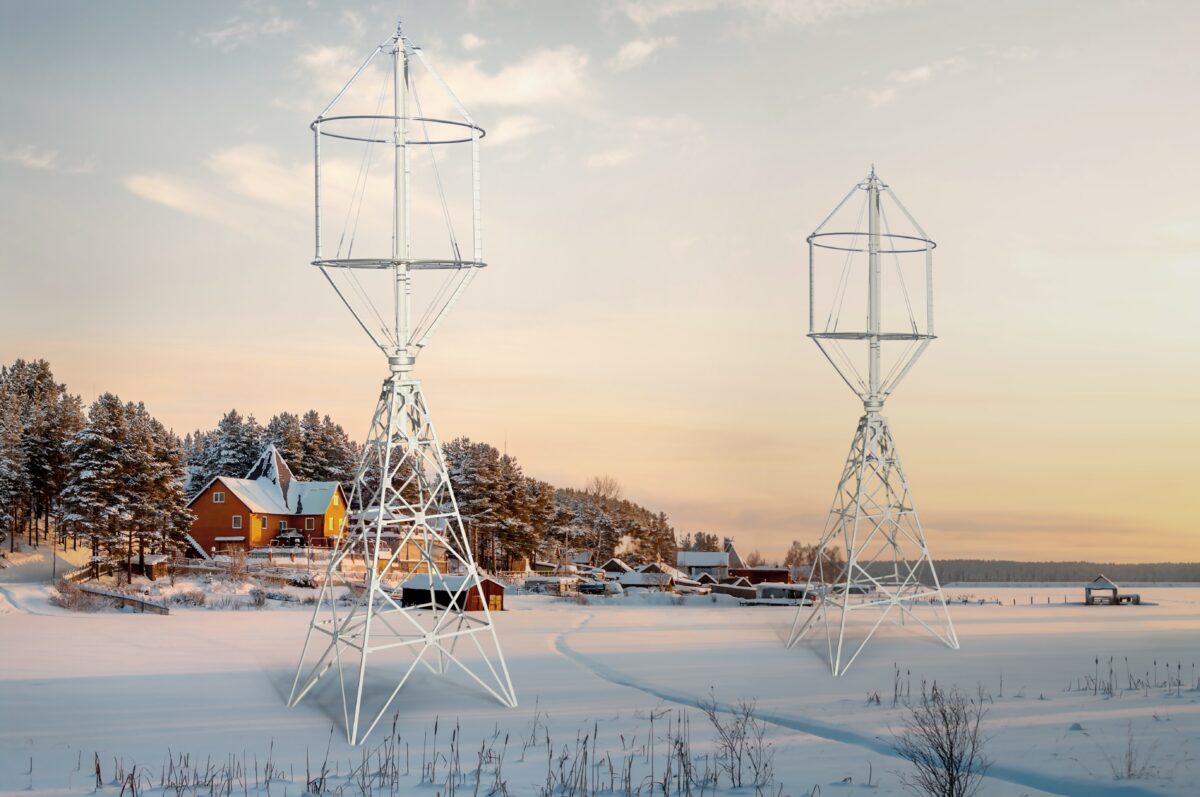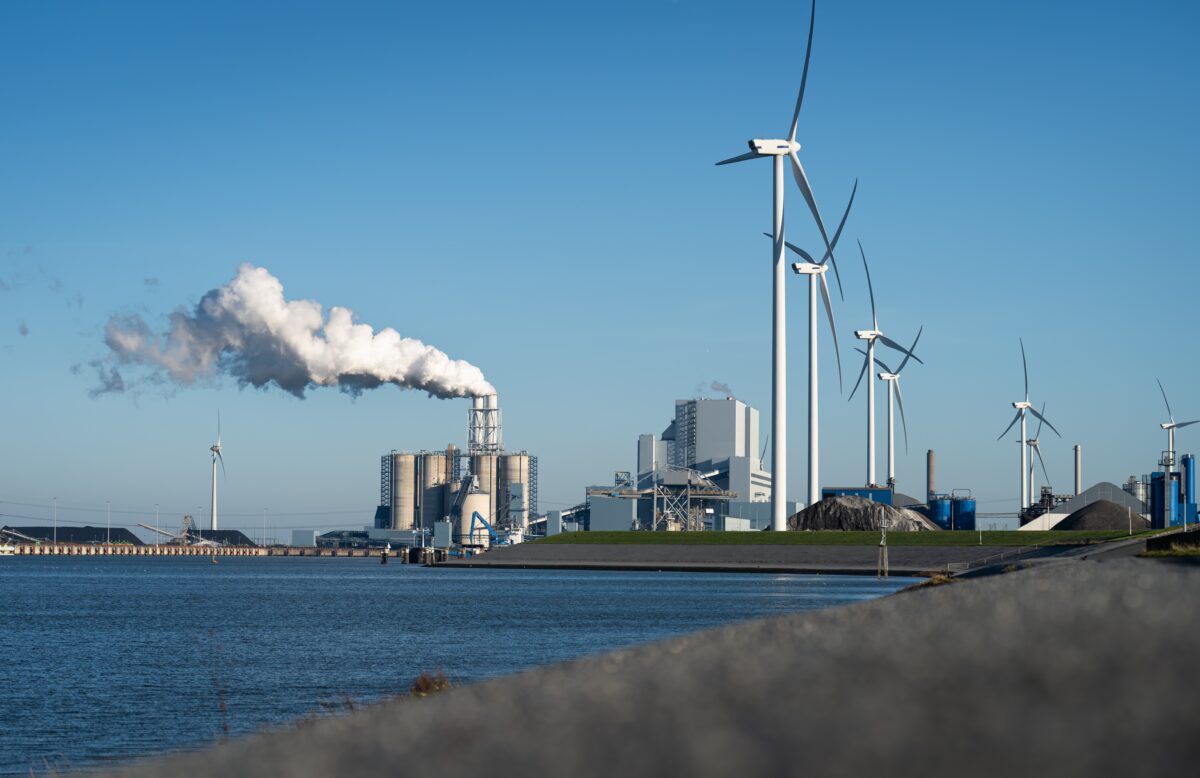Wind energy is usually considered a cleaner alternative to traditional sources of fossil fuel and is renewable, with much-reduced carbon emissions. However, its full range of implications is worth considering. Any discussion on the sustainability of wind energy necessarily involves wind turbine technology, recycling, and natural effects. Let’s explore these issues!
Advantages and Disadvantages of Wind Energy
Any discussion of whether wind energy is sustainable should consider both the benefits and potential risks of its use and implementation.
Pros: Wind energy can be considered a renewable source of power—a virtually never-depleted power source. The electricity from wind turbines is generated without the combustion of any fossil fuels, reducing greenhouse gases and helping to address climate change. It lessens dependency on non-renewable energy sources, such as coal and natural gas, bringing us closer to energy independence. The recent development in wind turbine technology has made them more efficient and effective at capturing wind energy, further improving their environmental credentials.
Cons: Despite these benefits, there are still disadvantages to wind energy that raise questions about its overall sustainability. The environmental impacts include land use for turbine installations, noise pollution, and the potential impact on local wildlife, such as birds and bats. Additionally, there are environmental costs associated with wind turbines, including production, transportation, and disposal at the end of their life cycle. Some of these pain points are addressed by the new technologies of the small wind turbines–but we will come back to this later.
Considering switching to Wind Energy? We offer a comprehensive site feasibility survey to evaluate your location, potential ROI, and available incentives – free! Register here for more information.
Environmental Impacts of Wind Energy
One of the largest questions about wind energy revolves around its impact on the environment. While the ground footprint of big-scale wind farms is minimal, they require significant space to avoid air currents being obstructed between turbines. Most disruption to native ecosystems occurs during construction, though this is much less severe than fossil fuel extraction.
Wind Turbine Noise Pollution: Wind turbines can generate noise at high speeds, which has been a concern for residents near wind farms. This is usually described as a low frequency “whooshing” sound. Modern designs, however, have addressed this issue by focusing on noise reduction. Freen-20 is well-known for its low noise operations, being a go-to solution in densely populated areas.
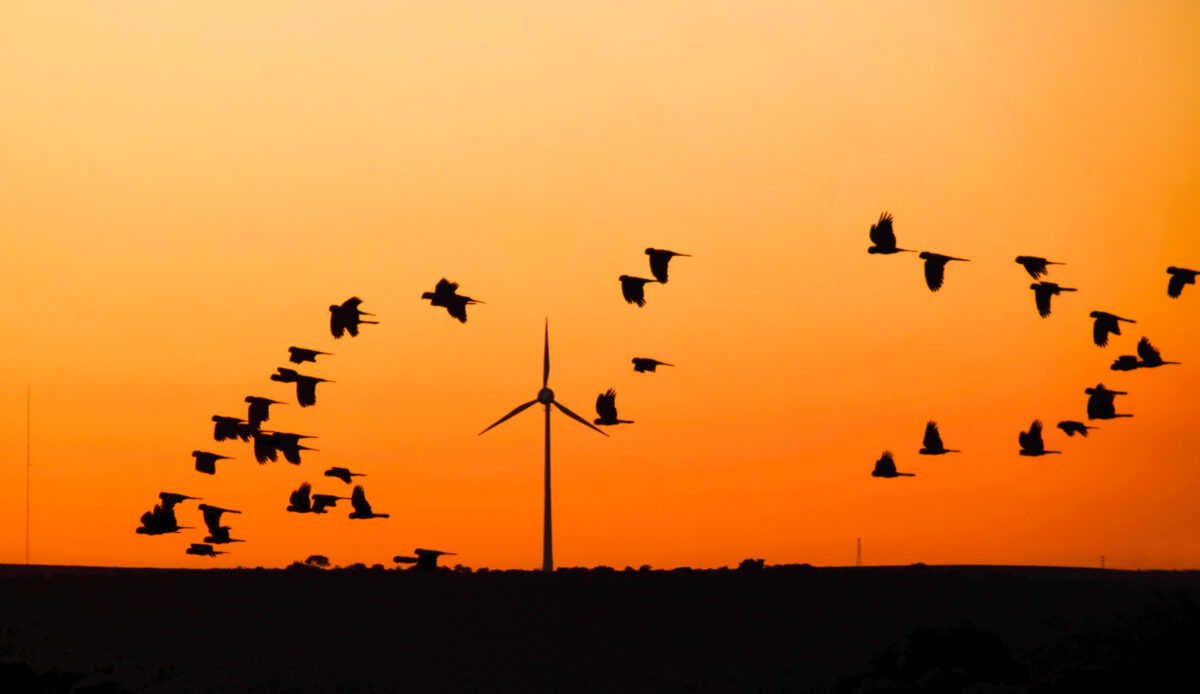
Birds, Bats, and Wind Turbines
The impact of wind turbines on wildlife, particularly birds and bats, is a significant environmental concern. Traditional large-bladed turbines have caused fatalities among these species. However, it’s worth noting that other human-related activities, such as window collisions and domestic cats, cause far more wildlife fatalities annually. Despite this, conservation groups emphasize the need for turbine designs that minimize harm to wildlife.
Recycling of Wind Turbine Blades
Recycling is another aspect of wind turbine sustainability. Traditional blades are made from composite materials that are difficult to recycle. This poses a challenge as many turbines have an operational life of 20–25 years, raising concerns about future disposal.
However, innovative companies like Freen are tackling these issues with new technologies. Freen’s Darrieus-type vertical axis turbines feature patented soft blades that significantly reduce noise pollution and have a smaller environmental footprint. Designed to be bird and insect-friendly, these turbines mitigate risks to local wildlife. Moreover, Freen’s turbines are constructed from metal, making them easier to recycle, which not only reduces environmental costs but also provides an opportunity to generate revenue from recycled materials.
Are Wind Turbines Environmentally Friendly?
The eco-friendliness of wind turbines largely depends on their design and materials. Turbines like those from Freen—with soft, low-noise blades and fully recyclable metal components—represent a more sustainable approach. By reducing harm to birds and bats and lowering noise pollution, they address several environmental concerns tied to traditional turbine designs.
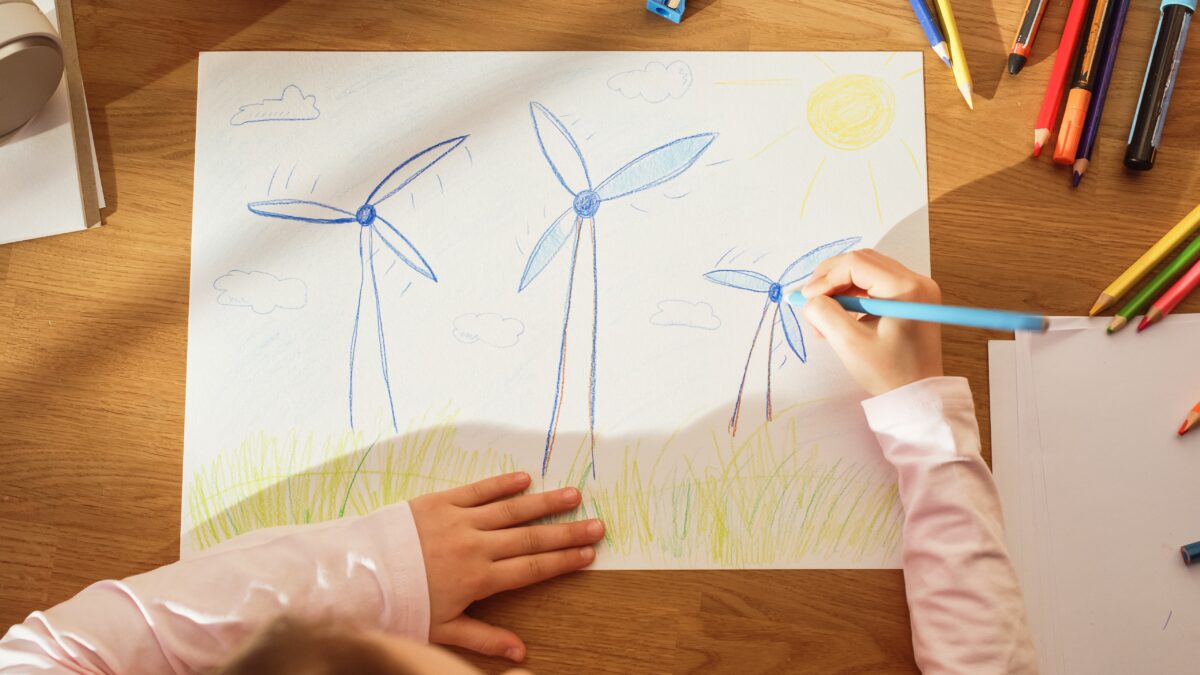
Environmental Costs of Wind Turbines
When considering wind turbines’ environmental costs, it’s crucial to compare them with fossil fuels. Wind turbines have a relatively high upfront cost due to the materials and energy required for production, transportation, and installation. However, during their lifetime, they produce clean energy with minimal emissions, resulting in a much lower environmental impact than fossil fuel-based energy sources. Additionally, new recycling methods, like those used by Freen, can reduce end-of-life environmental costs.
Wind Turbines vs. Fossil Fuels
When compared to fossil fuels, wind energy is a far more sustainable option. Fossil fuel extraction and combustion result in habitat destruction, pollution, and greenhouse gas emissions. In contrast, wind energy, once installed, produces electricity with minimal ongoing environmental impact—especially when using eco-friendly, recyclable turbines like those developed by Freen.
Conclusion
Wind energy, despite its pros and cons, remains one of the most promising renewable energy sources. While there are environmental concerns—such as noise pollution, wildlife impacts, and recycling challenges—advancements in technology, like Freen’s vertical axis turbines, are helping to mitigate these issues. Freen’s recyclable metal blades offer an eco-friendlier solution, reducing harm to birds and bats, cutting noise pollution, and providing an income-generating recycling option. Compared to fossil fuels, wind energy is undeniably more sustainable and is key to transitioning toward a cleaner, greener future.


